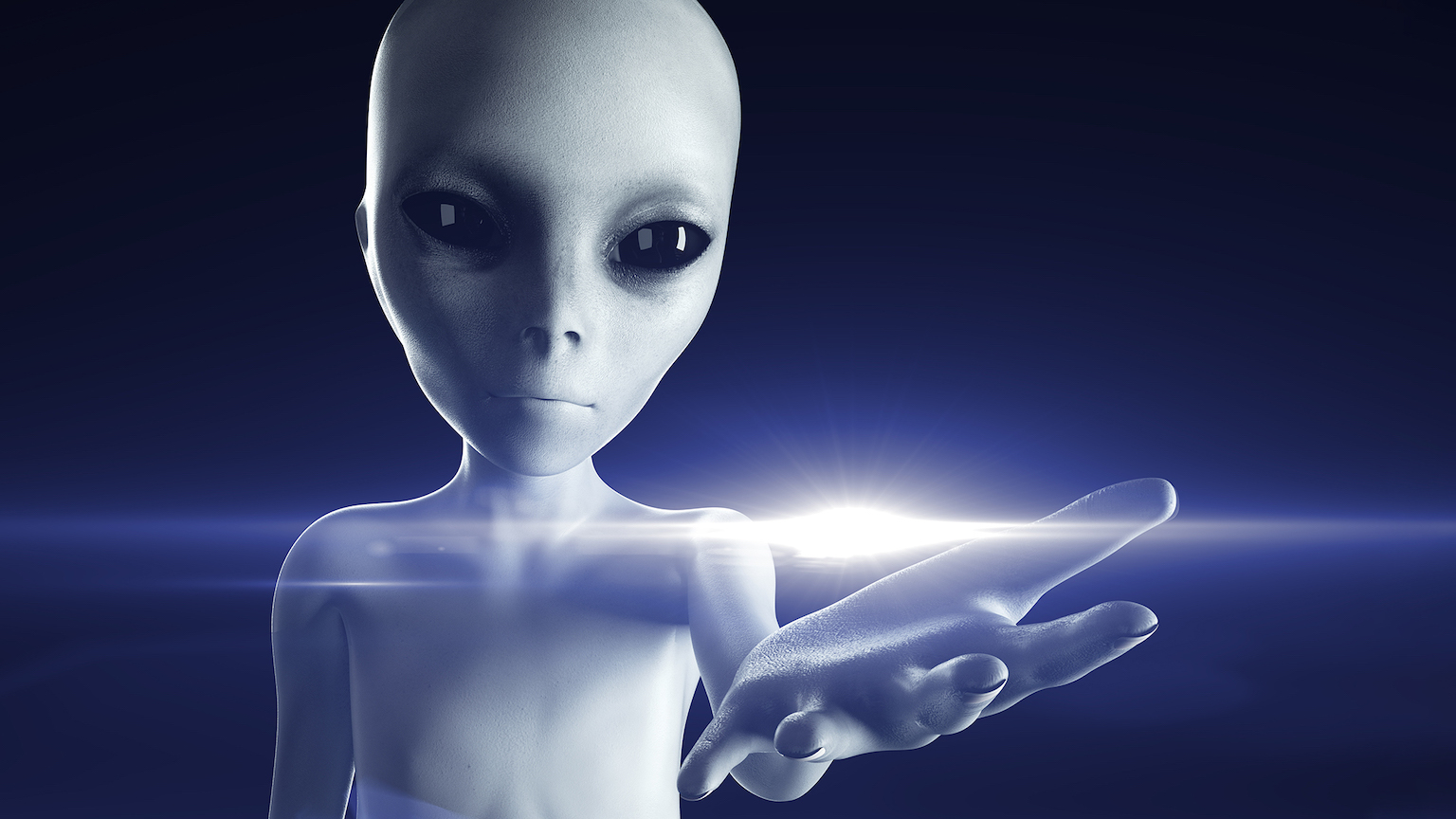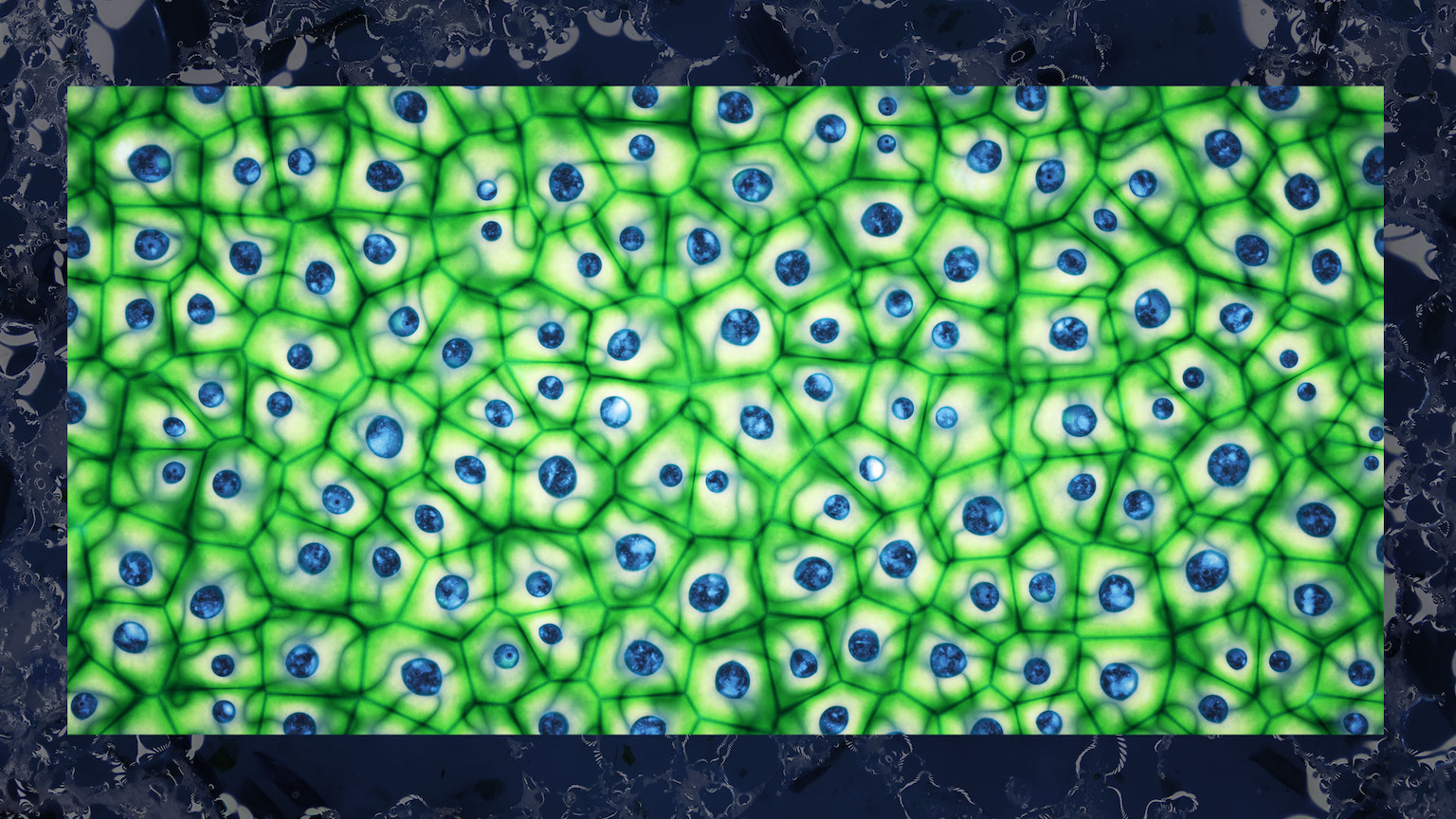Will aliens look like us? The answer involves ergodicity and the predictability of evolution

- Convergent evolution is the observation that different species that face similar selection pressures will evolve similar solutions — like wings.
- Whether evolution is predictable is an open question in biology.
- If it is predictable, then it may be due to a very abstract concept from physics known as ergodicity.
The aliens you see in science fiction movies and TV often look a lot like us: two arms, two legs, and a head (but with pointy ears). While the reason for this has everything to do with limited budgets and not science, these representations do raise a deeper question about what’s called convergent evolution. If Darwinian evolution works on other planets, will they lead to forms of life — literally how it appears — like we find on Earth?
In our own planet’s history, for example, we do see different versions of wings evolving on many separate occasions in many separate species. This is convergent evolution, and if we knew it always happened, then we could say that evolution is, in some sense, predictable. In that case we could tell if and when aliens would look like us.
But there is a long and fierce tradition of argumentation about convergent evolution. Today, I want to unpack one line in this fight which is new (to me at least) and touches on one of the deepest issues not in biology but in physics: a crazy, profound idea called ergodicity.
Ergodicity and hyperspace
Ergodicity is about the links between the micro and macroscopic worlds, specifically how understanding randomness in the former can allow us to predict order in the latter. For example, it has been more than a century since physicists realized that statements about the temperature of a macroscopic object, like a coffee cup, were really statements about the random microscopic motion of the object’s zillion constituent atoms and molecules. In other words, thermodynamics — how temperature changes — could be described by the “statistical mechanics” of those zillion atoms as they bounced around.
But to make this connection between micro and macro, physicists needed to assume what they called the ergodic hypothesis. Any macroscopic system made of all those zillions of atoms could be visualized as existing in a vast hyperdimensional space, a “phase space,” that had six dimensions for every atom. That means if you have 1023 molecules in your cup of coffee (there are actually a lot more), then its phase space has 6 x 1023 dimensions. Yes, that is a crazy lot of dimensions. Phase space is a hyperspace that puts Einstein’s famous four-dimensional spacetime to shame.
Unlike spacetime, however, phase space is not real. It is a mathematical construct that helps physicists understand how a cup of coffee’s temperature will evolve and change. This is where the ergodic hypothesis comes in. A system, like the cup of coffee, will be ergodic if it explores all its available hyperdimensional phase space. As the system changes in time, its representation in phase space will visit every point available to it in those 6 x 1023 dimensions. We could spend a lot of ink unpacking this, but here is what ergodicity means: Even though the system involves a lot of randomness (coffee molecules randomly bumping into other coffee molecules), you can still make very accurate predictions about the system’s evolution. The ergodic assumption in statistical mechanics is why we can say with confidence that coffee cups always cool down — or why perpetual motion machines are impossible.
Is evolution predictable?
Now let’s make the jump to biology. Here is the killer question: Is evolution ergodic? Like statistical mechanics, evolution links the random microscopic world (gene mutations) with the macroscopic world (the shape and function of living things). If evolution is ergodic — that is, if the trajectory of the evolution of a species behaved in its “phase space” of possibilities the way molecules in a coffee cup do — then we might be able to predict evolutionary outcomes. We could know in advance what evolution would lead to. We even might be able to tell that, in principle if not in practice, circumstances on exoplanet XB4-27A will lead to humanoid looking creatures (but with pointy ears of course).
So, is evolution ergodic? Will it explore all its crazy hyperdimensional phase space? For many researchers, the answer is an emphatic no. Stuart Kauffman, for example, makes the absence of ergodicity in evolution the central point of a lot of his work on life. For Kauffman, the most important aspect of evolution is its path dependence, its history. Run the history of the Earth over again and you would get something different. As Kauffman puts it:
“Even more profoundly, the evolution of life in our biosphere is profoundly ‘non-ergodic’ and historical. The universe will not create all possible life forms. Non-ergodicity gives us history.”
Thus, for Kaufman, the most important thing about living systems is their difference from, not similarity to, physical systems. Ergodicity is what allows there to be “laws” of physics for large collections of abiotic matter. But the lack of ergodicity is what makes life special.
On the other hand, there are some researchers who think biology may be ergodic (in special cases at least). For them, the links between molecules and coffee cups parallel those between genotypes (the microscopic arrangement of genes) and phenotypes (the macroscopic body forms). I recently came across a paper by Tom McLeish of Durham University titled, “Are there ergodic limits to evolution? Ergodic exploration of genome space and convergence.” In it, McLeish argues that the process of random mutation, which defines the trajectories living systems take through the phase space of all possible genotypes, will be ergodic. As he puts it:
“If the evolutionary ergodic search time of a genome subspace for any corresponding phenotype can be calculated, then… we expect that a fitness optimum can be found, if one exists. This would provide a conceptual basis for understanding convergence in evolution…”
As of now, there is no answer to this question of evolution and ergodicity. I suspect that if you polled biologists, most would tend to argue against ergodicity. The thing I wanted to call out here though — the thing that is really super cool — is how the argument itself works. Evolution’s predictability, which is a huge question, gets mapped onto the properties of a crazy, hyper-abstract, hyperdimensional space of possibilities. The fact that this is even conceptually possible is what makes my head swim with wonder. It might even be cooler, or at least just as cool, as knowing if aliens will look like us.





